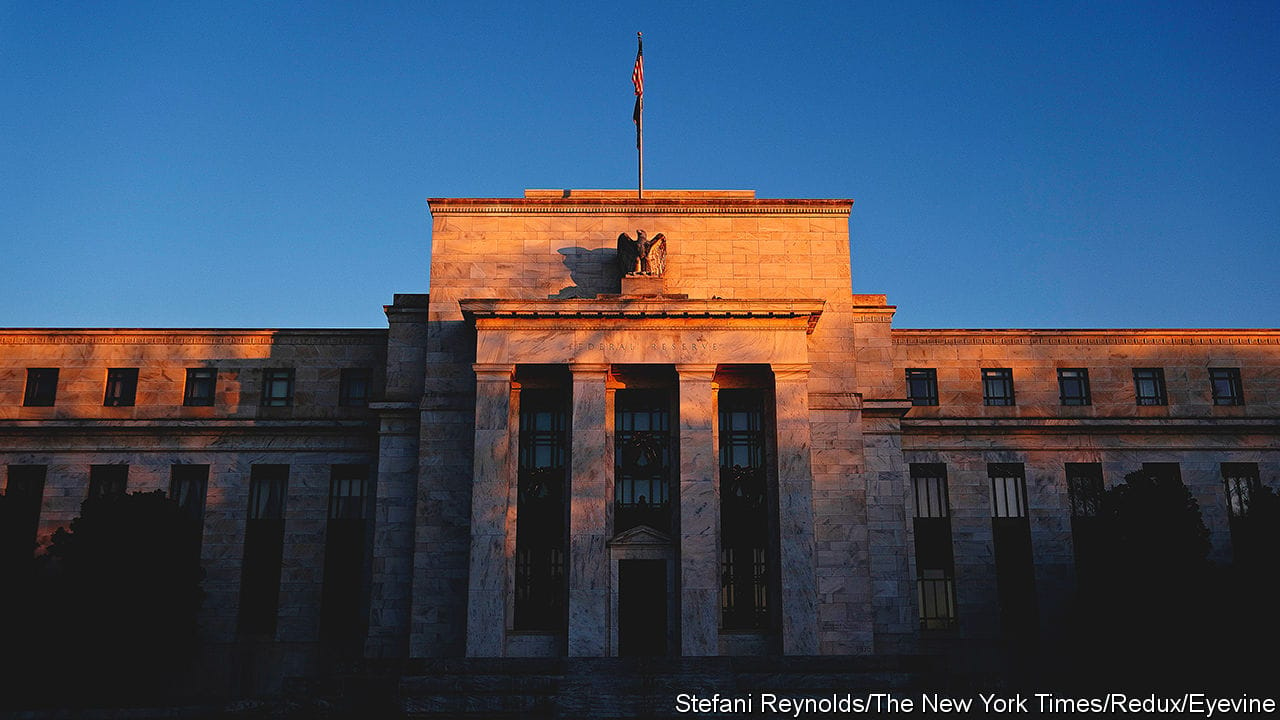- by Yueqing
- 07 30, 2024
-

-
-
Loading

Loading


CONSIDER THEQT life of a Treasury bill or bond. Typically once or twice a week, a batch of fresh Treasuries are born. Their first home is usually, briefly, an investment bank's dealing desk. Those dealers might hold on to a few for themselves, but generally they distribute the bulk to more permanent owners, like the bond portfolios of a mutual fund, a foreign government or a company or the Federal Reserve. A certain slice will swap hands repeatedly—some $700bn or so are traded each business day—but many will stay put for their lifetimes. Their deaths are predetermined: they come of age, or “mature”, as little as one month or as long as 30 years after their birth, at which point they are settled and cease to exist.The Fed is the single largest holder of Treasuries—its balance-sheet is where many of those securities have found their permanent home. Thanks to bond-buying schemes put in place to ease monetary conditions during the pandemic, the Fed now holds some $5.8trn-worth of Treasuries, a quarter of the $23.2trn-worth the government has issued (see chart—it also holds $2.7trn-worth of mortgage-backed securities). On May 4th, however, Jerome Powell, the chairman of the Fed, said it would start shrinking this giant portfolio, a process known as “quantitative tightening” (), in June. The reversal could spark a repeat of the temporary, yet troubling breakdowns that the world’s most important financial market has suffered in recent years—on a bigger scale.